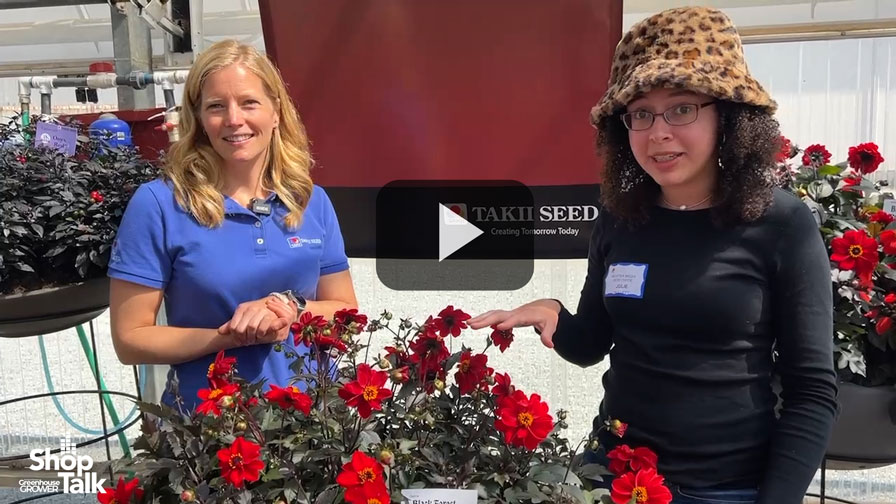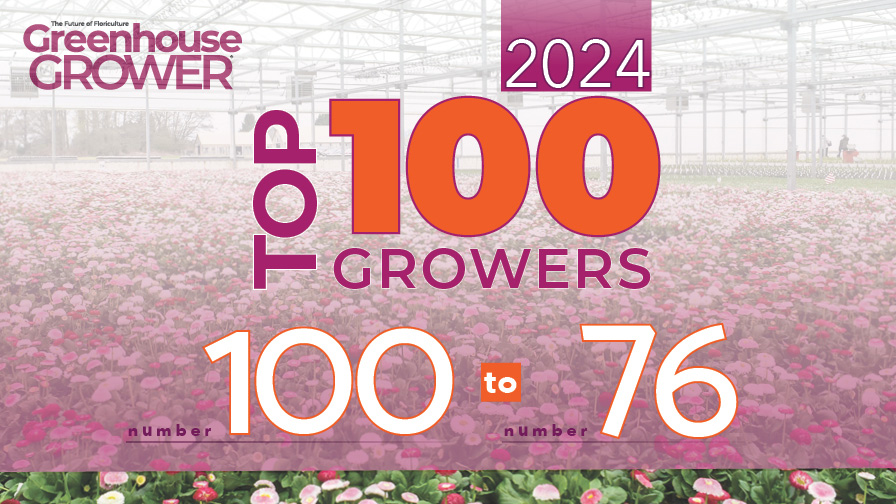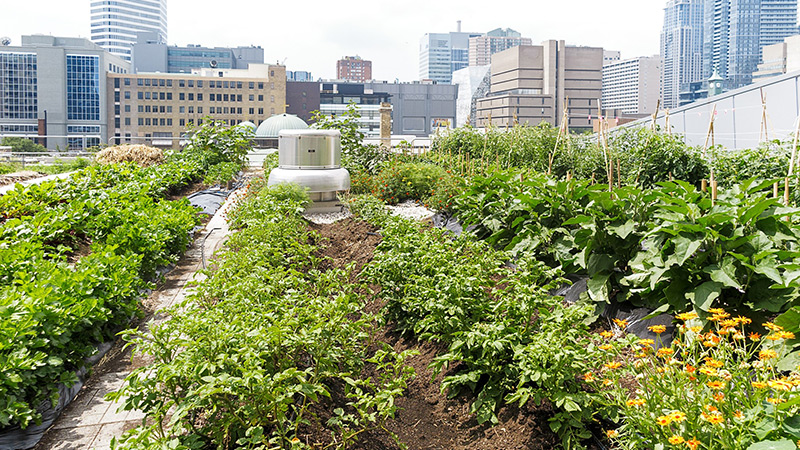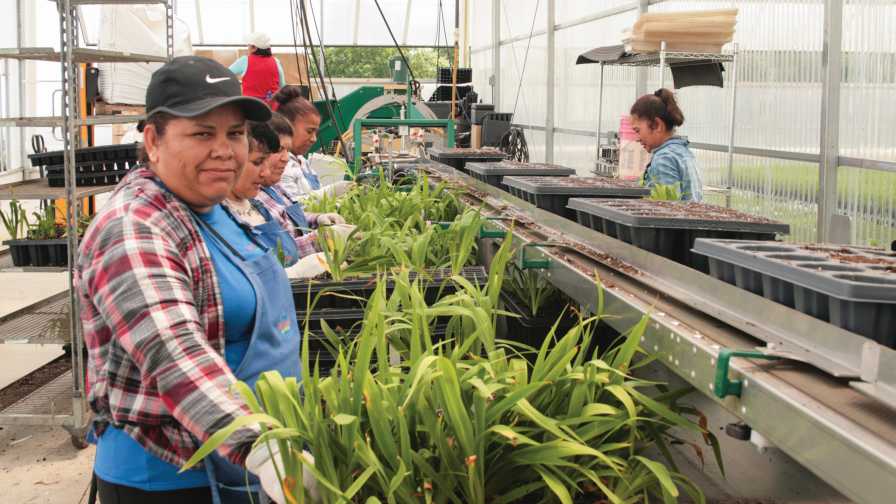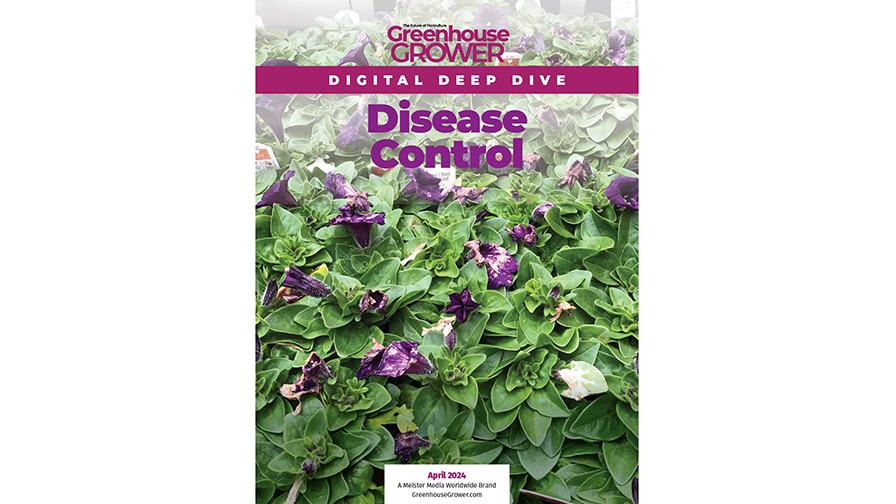Win the Race to Market With Greenhouses Engineered for Strawberries and Lettuce
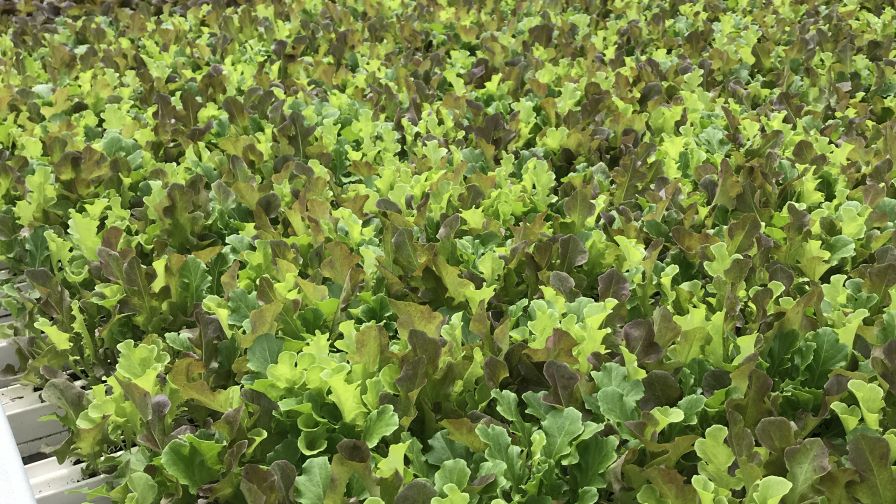
When investing in commercial greenhouse structures, it’s important to match the growing systems with the requirements of the varieties you intend to cultivate. Photo: Prospiant
There’s a new cross-country race underway among commercial greenhouse operators to build large-scale indoor facilities to grow highly valuable strawberries, lettuce, and other leafy green vegetables.
The prize for the growers who can design, build, and grow quickly? Grocers ready to buy their harvests in order to meet ever-increasing marketplace expectations. Consumers want food that’s fresh, healthy, and locally sourced. Commercial greenhouse operators in North America who can reliably supply high-quality fruits and vegetables throughout the year stand to gain long-term contracts with grocery retailers.
The payoff for getting new crops to market quickly includes enhanced profitability and other benefits:
- Revenue per acre is multiple times higher than what established greenhouse-grown vine crops (tomatoes, peppers, and cucumbers) generate.
- Highly automated growing systems can significantly reduce labor demand compared to other controlled environment agriculture (CEA) crops and open-field farming methods.
- Advanced technologies precisely control indoor environments to create ideal conditions for producing the flavorful and healthy food crops grocers and consumers want.
Race contestants include already successful commercial growers of tomatoes, peppers, and cucumbers. They’ve scaled CEA operations, established relationships with retailers, optimized cultivation processes, and mastered greenhouse technologies. However, they face stiff competition from new growers in indoor spaces in the U.S. and Canada, plus their long-time rivals who raise open-field crops in Mexico.
Design and Build to Create Ideal Growing Conditions
It’s normal for established commercial growers to ask, “What’s next?” And many are considering whether they should convert existing greenhouses from production of tomatoes, peppers, and cucumbers to strawberries and lettuce.
Our answer is almost always no — because commercial greenhouses are designed and constructed to grow specific crops and achieve unique yield targets. It is in most cases cost-prohibitive to retrofit systems for irrigation, fertigation, lighting, and control of heating, cooling, and humidity.
The better way forward is to invest in commercial greenhouse structures and their sophisticated growing systems that exactly match the requirements of the varieties of strawberries and leafy green vegetables you intend to cultivate.
The initial capital expenditure to construct and open a purpose-designed greenhouse for strawberries and lettuce can be more than twice the cost of greenhouses for tomatoes and peppers due to additional systems and design features. Yet in most cases, the upfront costs are still less than the expenses of retrofitting existing greenhouses. New, well-designed greenhouse projects for strawberries and leafy greens at target performance will achieve attractive margins compared to traditional greenhouse crops or open-field growing systems.
Plan for Large-Scale Facilities
Commercial greenhouse structures typically enclose at least 10 acres for strawberries. A recent project for a grower in Ontario involved two blocks of greenhouses that cover 80 acres on one site. The grower plans to expand to a total of 120 acres under glass.
So a key consideration early in the planning process is to evaluate whether the location for the greenhouse provides enough space for a multi-phase buildout, but also has access to adequate infrastructure (power, water, sewers, roads) to support the envisioned level of commercial growing. Trying to build closer to grocery retailers and their consumers just won’t work if there’s no electrical service or natural gas pipeline nearby to power heating, cooling, and other growing systems.
The Hidden Cost of Successful Indoor Agriculture
Greenhouses designed and built for strawberries and lettuce are similar to the structures built for tomatoes, peppers, and cucumbers.
What’s different — and what accounts for the increased upfront investment — are the materials and additional systems.
All of the structural posts and trusses must be made with heavier-gauge steel to support the additional crop and systems weight per square foot/meter. There’s a complex array of growing systems required for strawberries and lettuce. In case of strawberries, complex gutter systems that raise/lower or swing need to be supported overhead.
Meeting system requirements leads designers to specify wider greenhouse bays and longer trusses. Commercial greenhouses for tomatoes and other plants utilize 24-foot (8-meter) trusses. However, automation systems for leafy greens and lettuce need wider greenhouse bays. So greenhouse suppliers will use 36-foot (12-meter) trusses to create the extra space needed.
At Prospiant, we also apply a white powder coating to all of the posts and trusses. The white surfaces reflect light better than bare galvanized steel, and also prevent the greenhouse structure from heating up during the day. Powder coating the greenhouse structure is critical for a lot of growing systems, so we’re installing a $5 million powder coating line in one of our fabrication facilities to ensure the supply of the larger structural components for commercial greenhouse operators.
In addition, lettuce crops require active cooling and controlled airflow. Commercial growers typically automate nearly every step from seeding in trays to irrigation and fertigation in germination and growing areas through to harvesting machines. The mechanization is continuous and enables commercial operators to overcome labor shortages and also reduce labor costs compared to open-field farming. The automated systems minimize human contact with the plants, which in turn can eliminate risks from E. coli and other bacterial contamination experienced in open-field crops.
The Real Advantages of Growing Indoors
Indoor growing can shorten the distance to retail markets, which reduces transportation costs and addresses calls from retailers and their consumers who expect food produced closer to home.
Advanced commercial greenhouse systems also provide solutions to food safety issues. Because they so thoroughly control their growing environments, the use of pesticides and herbicides can be minimized, if not eliminated. Insects and diseases that harm strawberries and lettuce or other leafy green vegetables when grown in fields are rarely an issue indoors.
Get Ahead and Stay There With an Expert Partner
Today, people are consuming more healthy produce rich in flavor. This explains why sales of leafy green vegetables and strawberries are increasing faster than other produce items. However, there’s no such thing as a one-size-fits-all greenhouse project — not when you intend to:
- Ensure your strawberries, lettuce, and other leafy greens reach their full potential
- Reduce operational costs, use less water, and apply fewer fertilizers and pesticides
- Quickly meet the growing demand for produce that’s fresh and local
There are many different methods to achieve optimal growing conditions in your controlled environment agriculture operation. So where do you start? Choose a greenhouse supplier who has succeeded at every aspect — design, installation, integration, operations, maintenance, and expansion — over and over again. You’ll want to work alongside produce-growing specialists who can help you select the business model, structures, equipment, and processes that are best for you. Look for a partner who will be there to service and support you after the project is finished and enters its operational phase.
Winning the race among commercial greenhouse operators takes more than seeing all the new opportunities with strawberries and lettuce. You also need an expert partner who knows how to turn your vision into reality on time and within budget.




